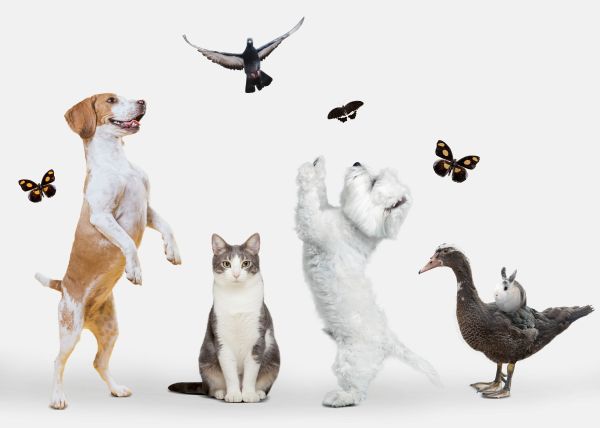
Chapter Overview: Living Creatures - Exploring their Characteristics
This chapter introduces students to the fascinating world of living creatures and their unique characteristics. It covers the basic features that distinguish living organisms from non-living things, classification of living beings, and their habitats.
Living Organism: Any entity that exhibits life processes such as growth, reproduction, respiration, and response to stimuli.
Characteristics of Living Creatures
- Growth: Living organisms grow in size and complexity over time.
- Reproduction: They produce offspring to continue their species.
- Respiration: They take in oxygen and release carbon dioxide for energy.
- Response to Stimuli: They react to changes in their environment.
- Nutrition: They require food for energy and growth.
Classification of Living Organisms
Living creatures are broadly classified into five kingdoms:
- Monera: Unicellular organisms like bacteria.
- Protista: Mostly unicellular, e.g., amoeba.
- Fungi: Multicellular decomposers like mushrooms.
- Plantae: Multicellular plants that perform photosynthesis.
- Animalia: Multicellular animals with diverse habitats.
Habitats of Living Creatures
Different organisms adapt to specific environments:
- Terrestrial: Land-based habitats (e.g., forests, deserts).
- Aquatic: Water-based habitats (e.g., oceans, rivers).
- Aerial: Organisms that can fly (e.g., birds, insects).
Habitat: The natural environment where an organism lives, finds food, and reproduces.
Adaptations in Living Creatures
Organisms develop special features to survive in their habitats:
- Camouflage: Blending with surroundings to avoid predators.
- Hibernation: Sleeping through harsh winters to conserve energy.
- Migration: Seasonal movement to favorable environments.
Conclusion
This chapter helps students understand the diversity of life forms and their unique adaptations. By studying these characteristics, they learn how living creatures interact with their environment.
